Below you will find pages that utilize the taxonomy term “Course”
Zero to ASIC Courses
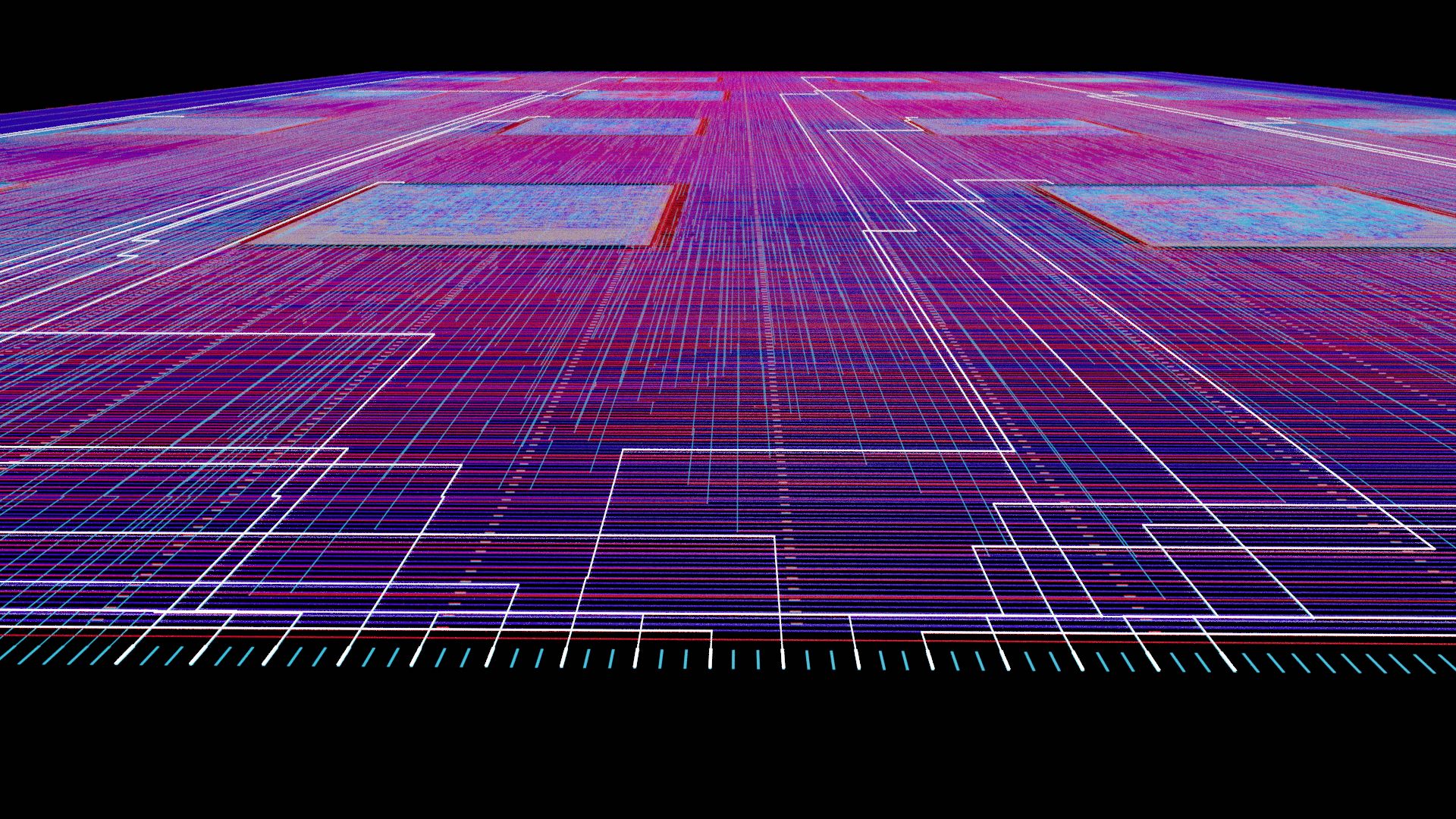
Testimonials
The fastest way I know to get 'behind the scenes' and learn how analog ASIC design and implementation really works. This was one of the most educational three months I've ever had.
Bruce MacKinnon (analog course)
It would've taken me months, if not years, to make the progress I made in a couple of days. The tutorials are so helpful and the focus on practicality blends so well with the way I learn. I love it!
Saad (digital course)
Access to Harald and his materials was fantastic
John Wynen (analog course)
Learn more!
- Sign up to the Newsletter,
- Find out more about your instructor Matt Venn,
- Read an Article,
- Learn some Terminology.
Full Analog Course Content

Part 1: Schematic Capture with Xschem
While it’s possible to just draw transistors directly - for example in SiliWiz, this doesn’t scale well and gets confusing fast. We want to draw a circuit diagram first, with levels of hierarchy for more complex designs. These can then be simulated and checked that specifications are met before moving onto layout.
Lab 1.1: Try the Xschem demos
Lab 1.2: Draw your own circuit
- Draw your own circuit and get it ready for simulation.
- If you don’t have a circuit ready, you can use one of the demos.
- Follow best practices.
Part 2: Simulation
After you have a schematic and have exported the netlist to a spice file, we can use ngspice to simulate it. In this part of the course you will start to learn spice, using it to simulate demo designs and then your own.
Full Digital Course Content

Part 1: MOSFETs and the Skywater130 standard cells
MOSFETs are the building blocks of the chips we will be learning how to make. While we don’t need an in depth knowledge of how they work, it’s useful to see how they are joined together into functional blocks known as standard cells - for example AND gates or Flip-Flops.
- Basic understanding of how MOSFETs work.
- How are they constructed on a silicon wafer.
- How to run a simulation with ngspice.
Project 1.1: Choose a standard cell and simulate it
- Get an overview of what the standard cells are.
- Choose your favourite cell, simulate it and show it does what it should.
- Measure how fast it can propagate signals from input to output.
Project 1.2: Draw a mosfet in magic
- Learn the basics of the Magic VLSI tool.
- Extract the circuit from a drawing.
- Simulate with ngspice.
Part 2: Building Digital Designs
As we are focussing on digital design for making our ASIC we need to be able to efficiently describe the kind of hardware we want. Verilog is one of a few languages used for this purpose. It’s well supported by the Open Source tools.
Tiny Tapeout 9

Tiny Tapeout 9 closed with 95% utilisation! It was our best ever run, with 369 designs submitted from 21 countries.
Among the digital projects we had an Atari 2600 (with games), a wide range of CPUs and even some SDR projects.
On the analog side we had PLLs, opamps, ADCs, DACs and time to digital converters.
For all the projects, check the chip’s page.
I printed the datasheet, and it’s hefty! Download it here.
My analog microelectronics journey

This article will give you some insight into my journey into the world of analog microelectronics, as told in my recent talk at ORConf 2024.
Back in 2020, inspired by Tim Ansell’s announcement of free tapeouts, I jumped headfirst into the world of open-source ASIC design. My first chip was a digitally focused project, reflecting my background in FPGA programming. It was amazing to see the power of digital abstraction—designing with ones and zeros, instantiating tons of transistors with a single line of code—but it also made me appreciate the incredible complexity hidden beneath the surface.
Tiny Tapeout 2 Silicon Is Alive!
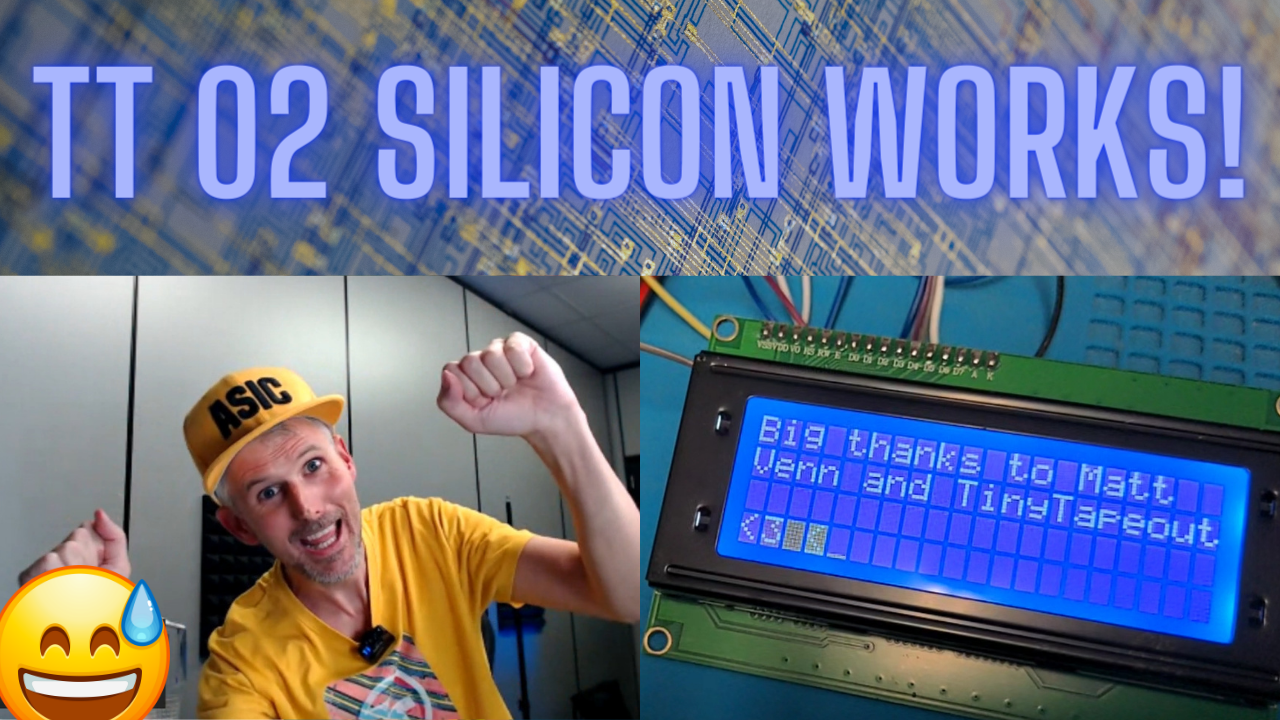
We submitted Tiny Tapeout 2 back in December, and last week I received the chips from Efabless.
Most first chip designs fail, but you never hear about it because the big companies keep it a secret. So we thought - why not do the world’s first public silicon bring up?
Thankfully the chips worked, and you can watch the whole stream here.
We’ve since found 1 errata, but luckily not a show stopper.
Tiny Tapeout 4

I’m very happy to have over 140 designs from 30 countries submitted to Tiny Tapeout 4!
Top level statistics:
- Total standard cells 82126
- Maximum cells used was 6813 for project 033
- Maximum utilisation was 87.18% for project 016
- Total wire length was 2607 mm
Thanks to everyone who submitted and all the contributors. Also a huge thanks to Efabless Corporation for sponsoring the project!
Tiny Tapeout 5 is already open and will close in early November 2023.
GlobalFoundries 180nm Fab
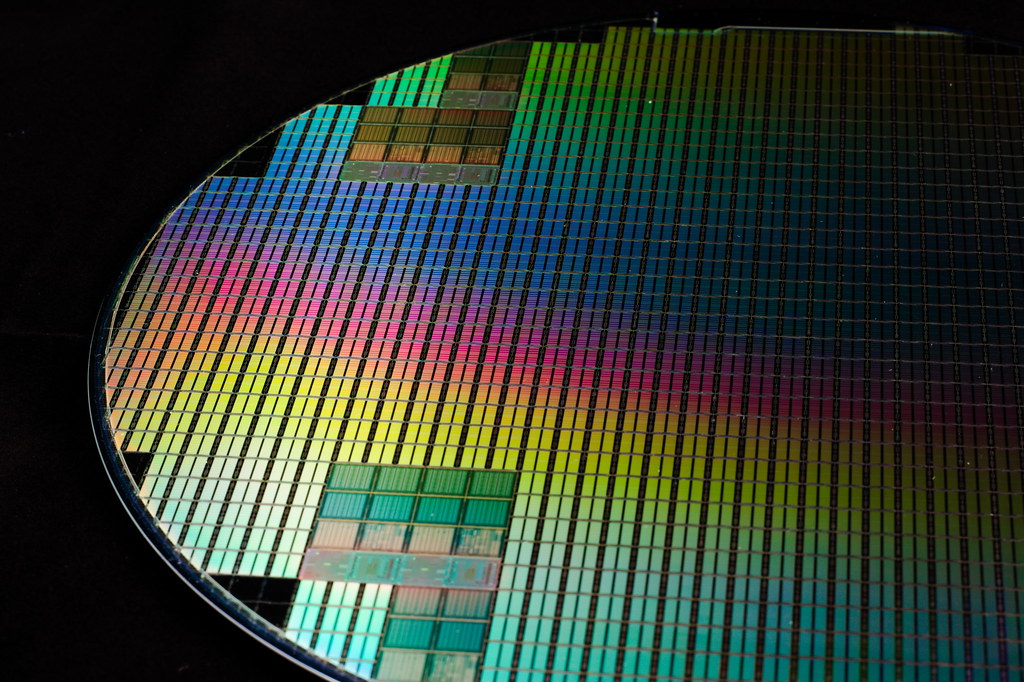
An exciting new opportunity for developing open-source silicon reached fruition at the end of 2022!
GlobalFoundries (GF) teamed up with Google to fund open-source projects using GF’s foundry and their open-source 180nm PDK GF180.
Open-source PDKs like GF180 and Skywater 130nm are essential for making silicon design more accessible. To now have GlobalFoundries involved with fabricating designs will hopefully mean increased opportunities to turn designs into silicon.
GF180’s first multi-project wafer (MPW) tapeout was in December 2022, and several people from the Zero to ASIC and Tiny Tapeout communities were able to submit designs. Here are some highlights:
Submit Tiny Tapeout Projects to an MPW
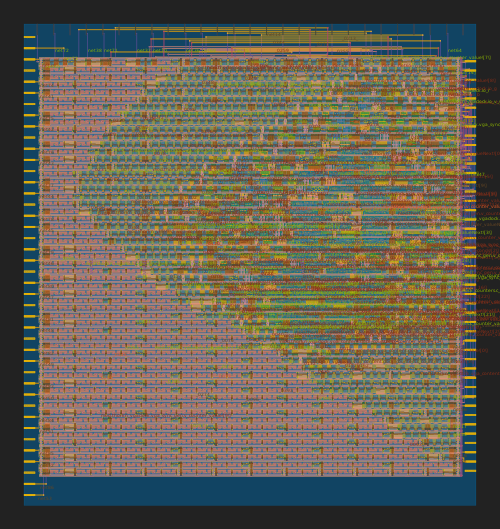
Using the Tiny User Project tool, people can quickly submit a Tiny Tapeout design to the MPW lottery. The low barrier to entry makes this a great tool to try variations on a design, test faster I/O speeds on an MPW tapeout, or simply compare tapeout processes using a different submission venue.
@Proppy developed the an easy-to-use tool as an extension to the Tiny Tapeout flow.
Proppy’s template repository uses GitHub actions to add a design to the Efabless Caravel User Project. The actions automatically perform the steps requried to harden the design, generate the necessary GDS files, and even generate a convenient GDS viewer. Additionally, the actions output useful reports on cell resource utilization, manufacturability errors, and the precheck results.
Tiny Tapeout 2 submitted for manufacture
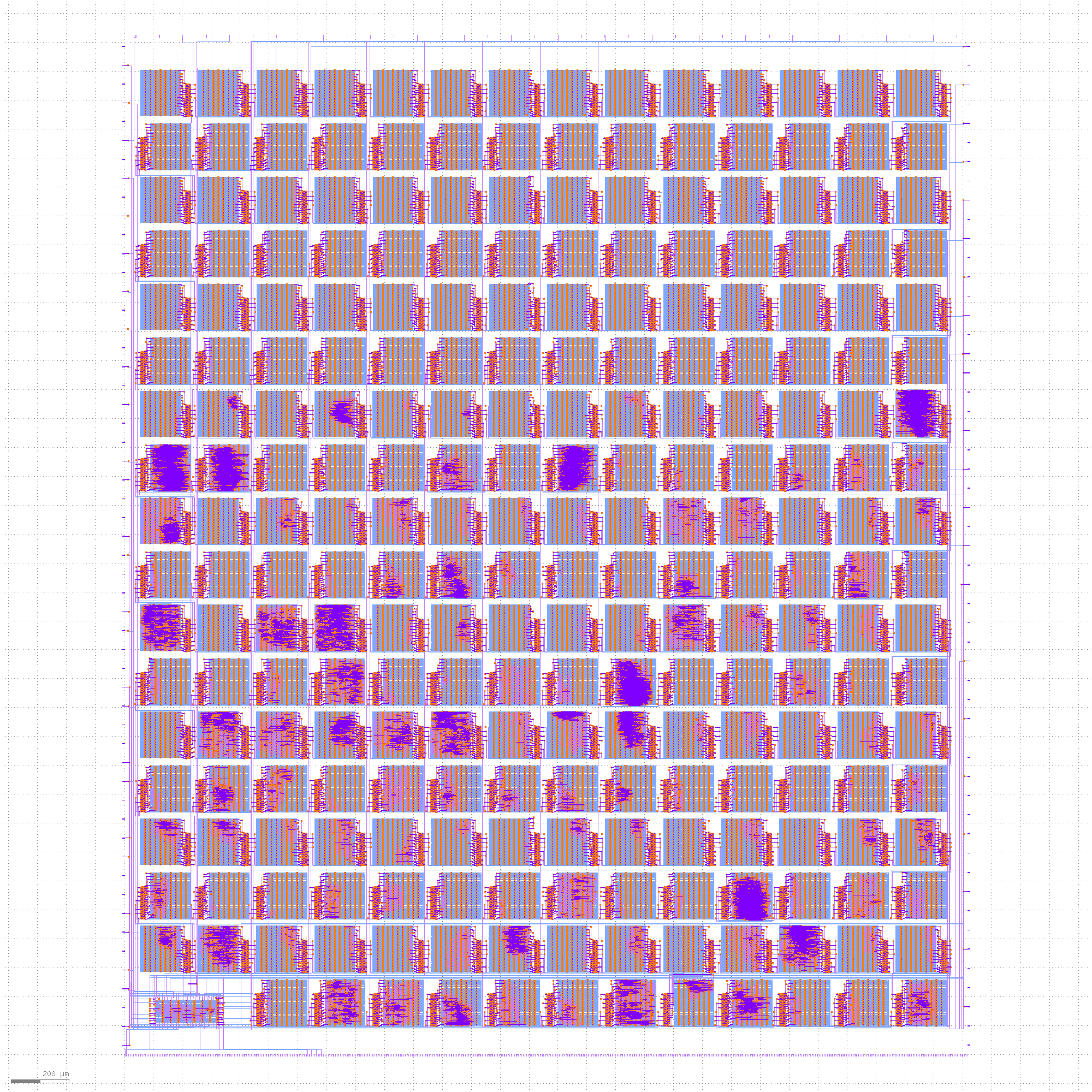
I’m happy to announce that Tiny Tapeout 2 was successfully submitted for manufacture in December 2022! 164 designs were included on the tapeout.
Update! Tiny Tapeout 2 chips are back and working!
If you’re unfamiliar, Tiny Tapeout is an educational project that makes it easier and cheaper than ever to get your digital designs manufactured on a real chip! We had a first trial, Tiny Tapeout in September 2022 that was destined for MPW7.
Zero to ASIC course grant

I am excited to introduce a grant for the Zero to ASIC digital course.
The grant will provide a Silicon-level ticket for selected participants. Two grants will be awarded per month.
The grant is for people who are unable to pay the full price, please only apply if you need it.
Course goals
This course aims to revolutionize open-source silicon by training engineers, hobbyists and enthusiasts to make their own ASICs. During the course, you will design a circuit that will be submitted to Tiny Tapeout to be manufactured in silicon!
MPW8 submitted!
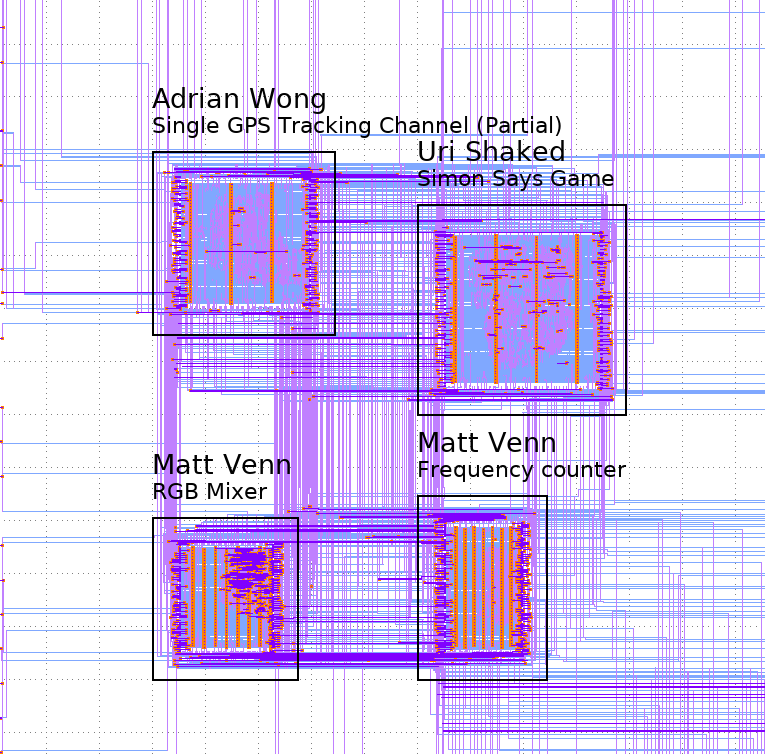
We submitted for MPW8! Special congratulations to Adrian Wong for the course submission!
We still managed to get 4 projects in the submission…not bad for a deadline of New Year’s Eve.
The projects include a partial implementation of an L1 GPS tracking channel by Adrian Wong, a Simon Says game implementated by Uri Shaked, and 2 demo submissions (frequency counter and RGB mixer) from me.

Here’s the github repo for the group submission and the Efabless project.
Monthly Update - September 2022
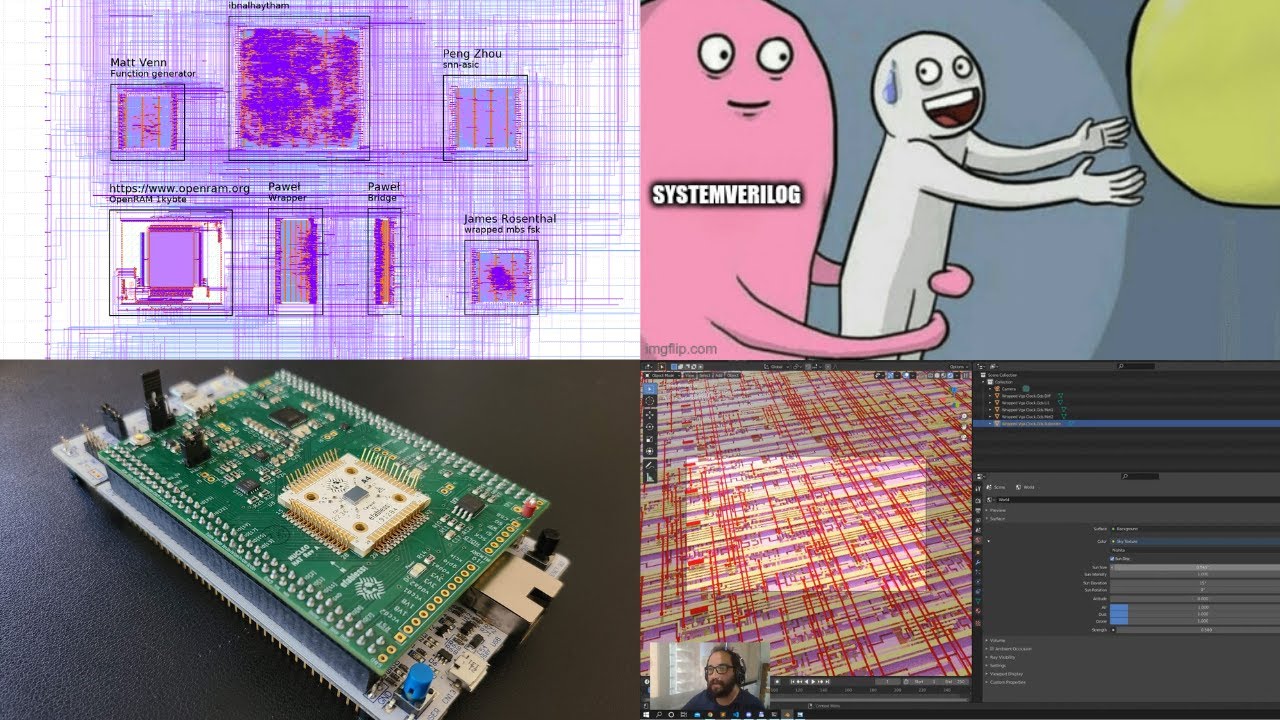
Welcome to the September 2022 monthly update!
Here are the main topics from last month:
- MPW7 submission,
- MPW2 updates,
- Job posting at E-Fabless,
- New videos,
- Is it the end for UVM? and
- Rendering GDS files with Blender or in your browser
MPW7
The deadline for MPW7 was the 14th of September and the Zero to ASIC course submitted another set of projects. Special shout out to Farhad, Peng and James who are all first time tape outs on the project. Well done everyone!
3D Rendering of GDS Files
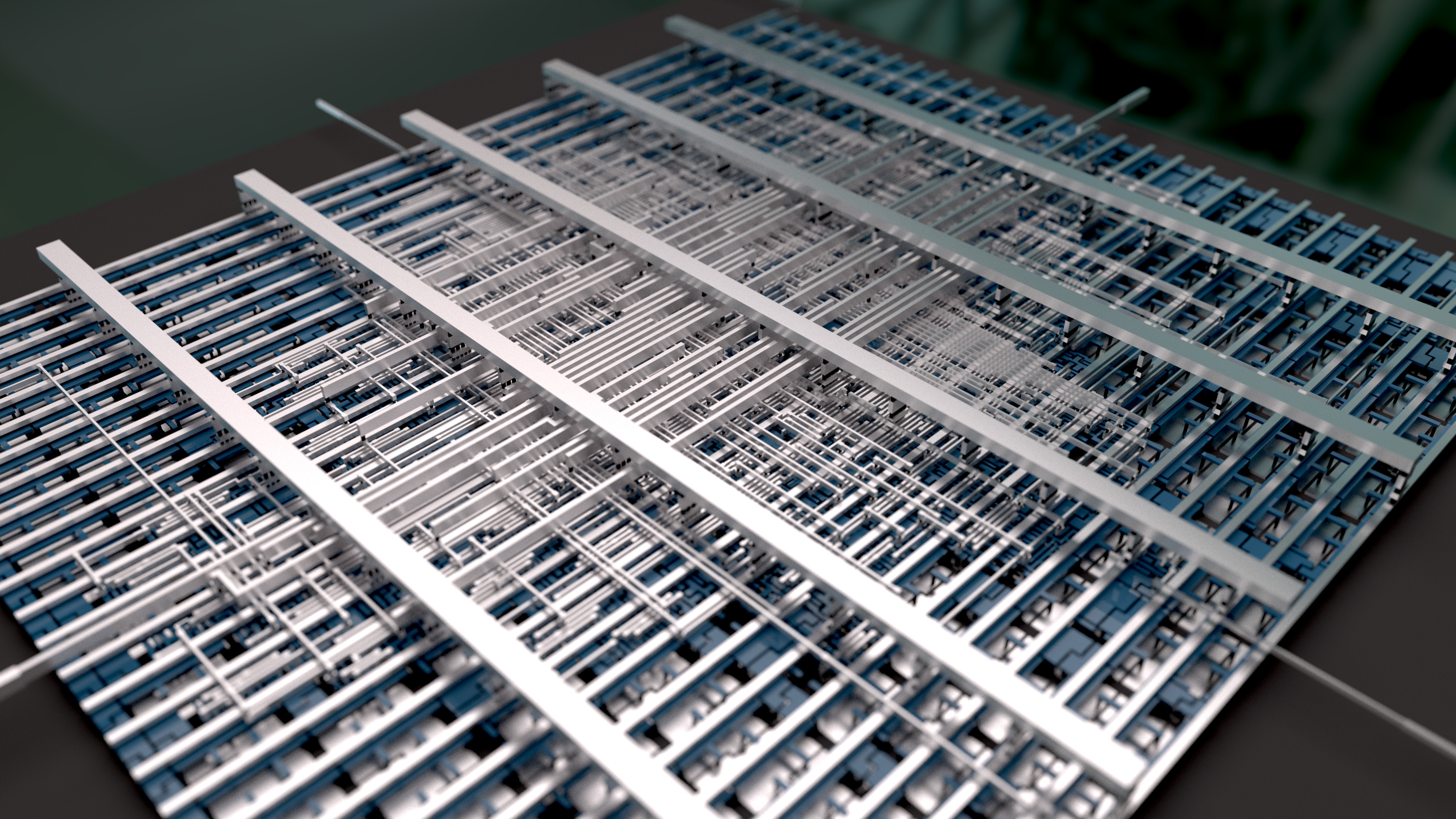
The 3D structures created within a silicon die are spectacular to see.
Thanks to Maximo (@maxiborga on Twitter), there’s now a video for 3D rendering ASIC designs enabling anyone to convert their ASIC design into a beautiful 3D rendering.
 3D-rendered chip in Blender
3D-rendered chip in Blender
His walkthrough shows how to convert GDS to STL files, enabling you to import the files in image editing software like Blender.
3D Printed Standard Cells
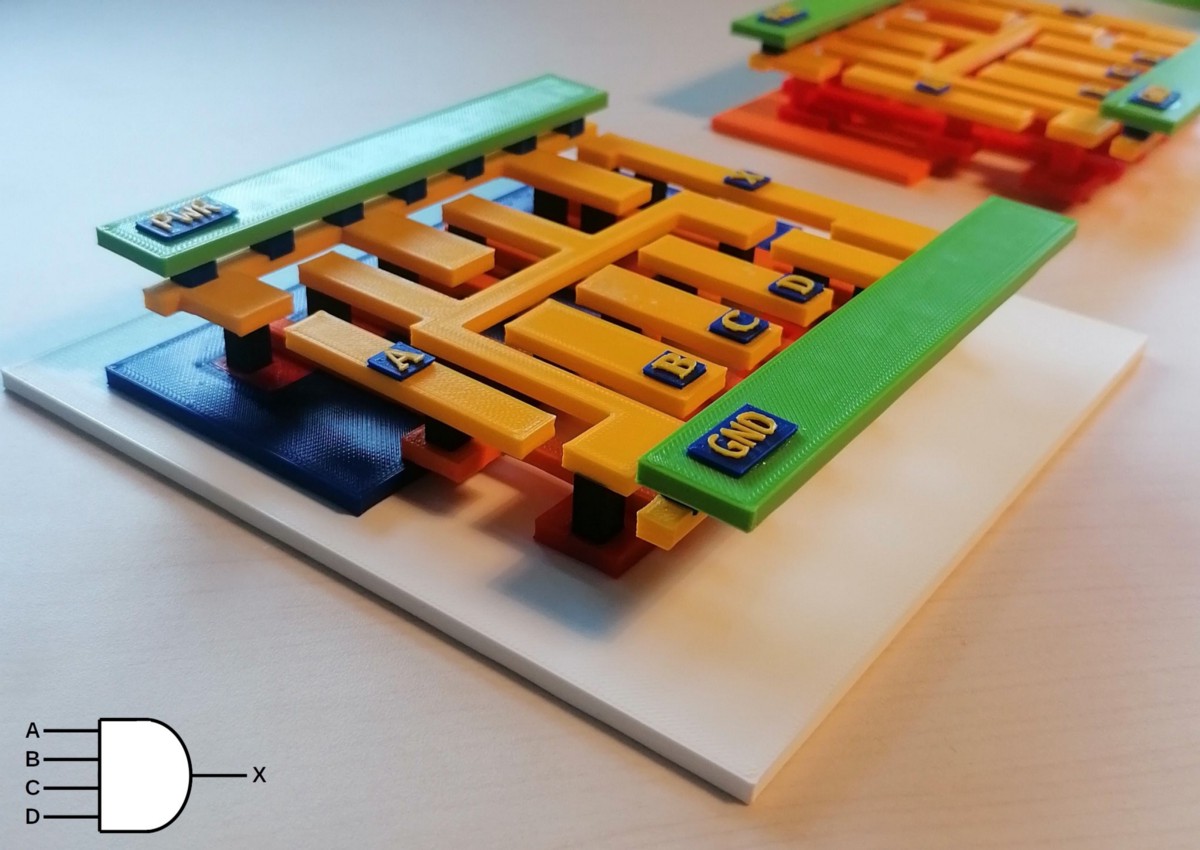
ASICs pack in billions of transistors per square centimeter, making their construction and functionality impossible to understand with the naked eye.
In fact, the upcoming 2 nanometer technology will be so small* that the transistor dimensions will only be 20X larger than an individual atom.
Wouldn’t it be great to see how ASICs are built in 3D at a scale that our bulky human hands can appreciate?
Well wait no longer! Thanks to Thorsten Knoll’s guide, you can now 3D print the cells that make up an ASIC using the GDS files.
MPW7 submitted!
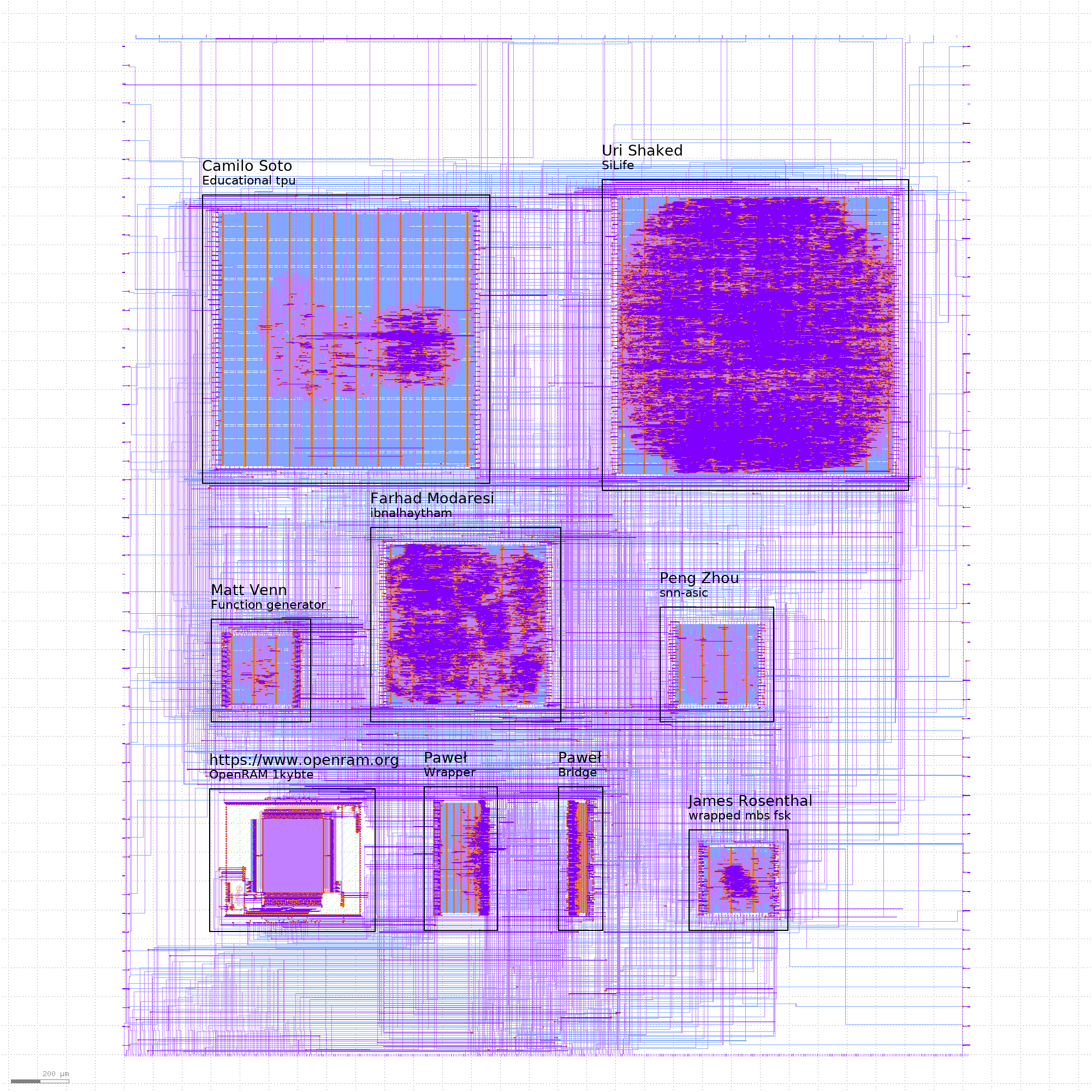
We submitted for MPW7! I am particularly excited about this submission because we were able to submit the Zero to ASIC course designs as well as the first Tiny Tapeout design.
MPW7 has by far had the most submissions of the MPW shuttles so far with 72 submitted projects as of 13 September.
Congratulations to everyone on the course submission! We had 9 projects from the course, with 1 demo arbitrary function generator from me, a 32-bit RISC-V based processor by Farhad, an in silicon version of Conway’s Game of Life from Uri and a Spiking Neural Network (SNN) accelerator by Peng Zhou. We also implemented 1kByte of RAM with open-source OpenRAM.
MPW6 submitted!
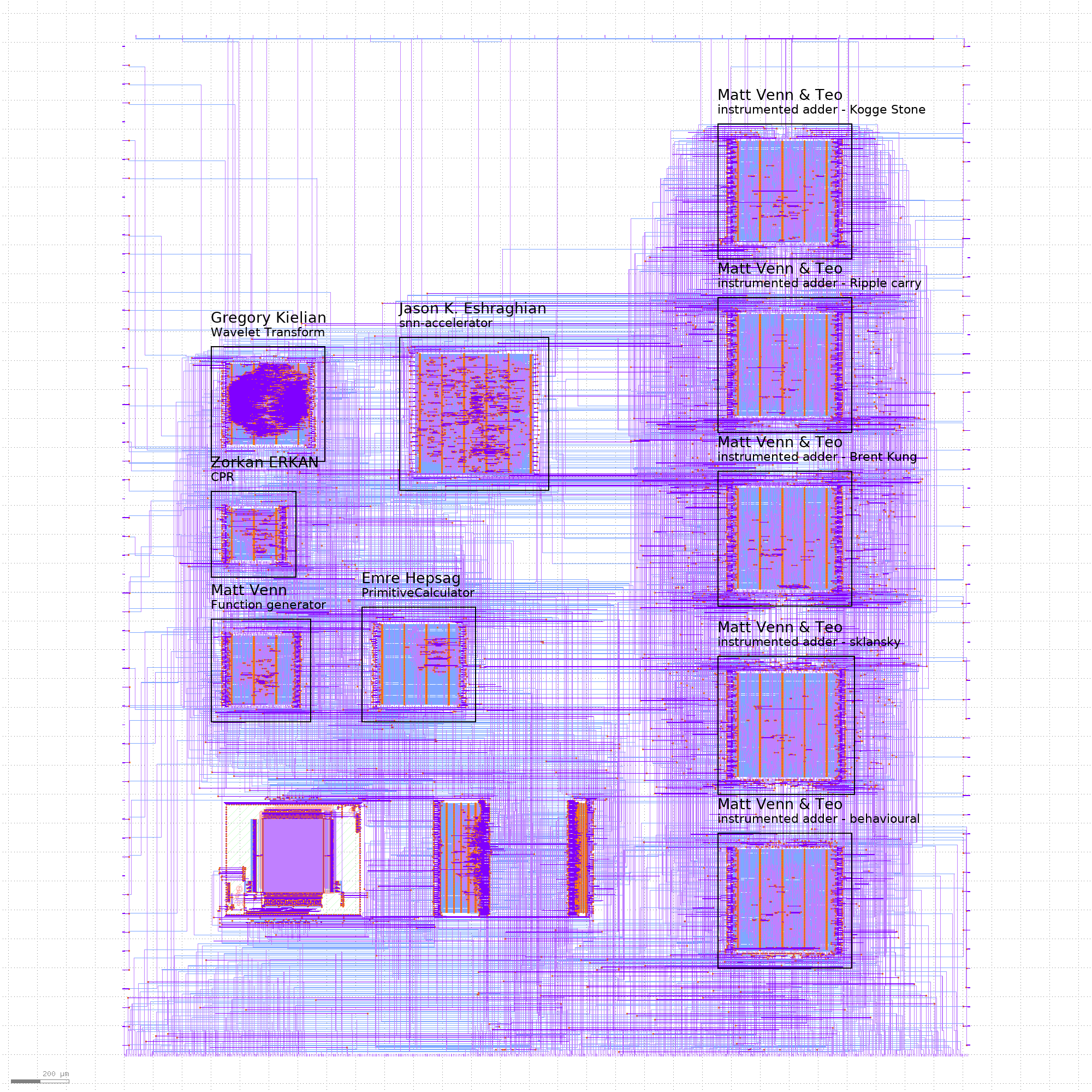
We submitted for MPW6!

We had 4 submissions from the course, the shared SRAM infrastructure, and I did some work on instrumenting Teo’s hardware adders.
Congratulations to:
- Zorkan ERKAN
- Emre Hepsag
- Gregory Kielian
- Jason K. Eshraghian
for getting your first ASIC designs on the submission!
We also had some people from the course make personal applications for a whole chip:
- Shumpei Kawasaki - MARMOT SOC
- Maximo - Hardware implementation of the Hack Computer from the Nand to Tetris courses,
- Proppy - HSV Mixer
Here’s the github repo for the group submission and the Efabless project.
MPW5 submitted!
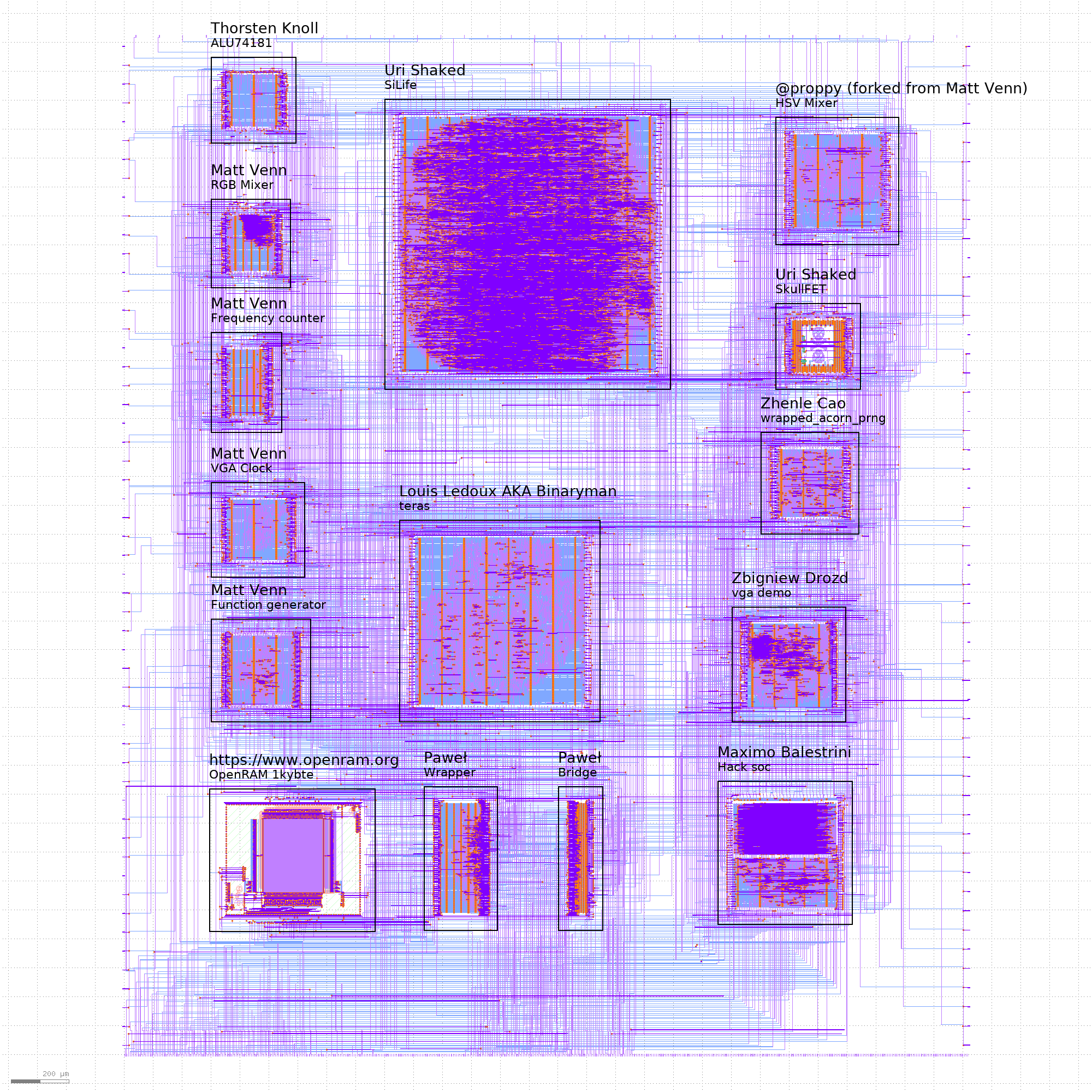
We submitted for MPW5!

We had 8 submissions from the course, the shared SRAM infrastructure, and I updated my demo designs.
We also had some people from the course make personal applications for a whole chip:
- Steve & Zhenle - PSRAM (HyperRAM) interface with an ACORN PRNG,
- Q3K - simple, microcontroller-style SoC based around a Lanai core,
- Maximo - Hardware implementation of the Hack Computer from the Nand to Tetris courses,
- Zbigniew - A rendering circuit for three blobs and a playable tetris clone.
And thanks to Paweł for updating the shared SRAM blocks.
MPW1 is Alive
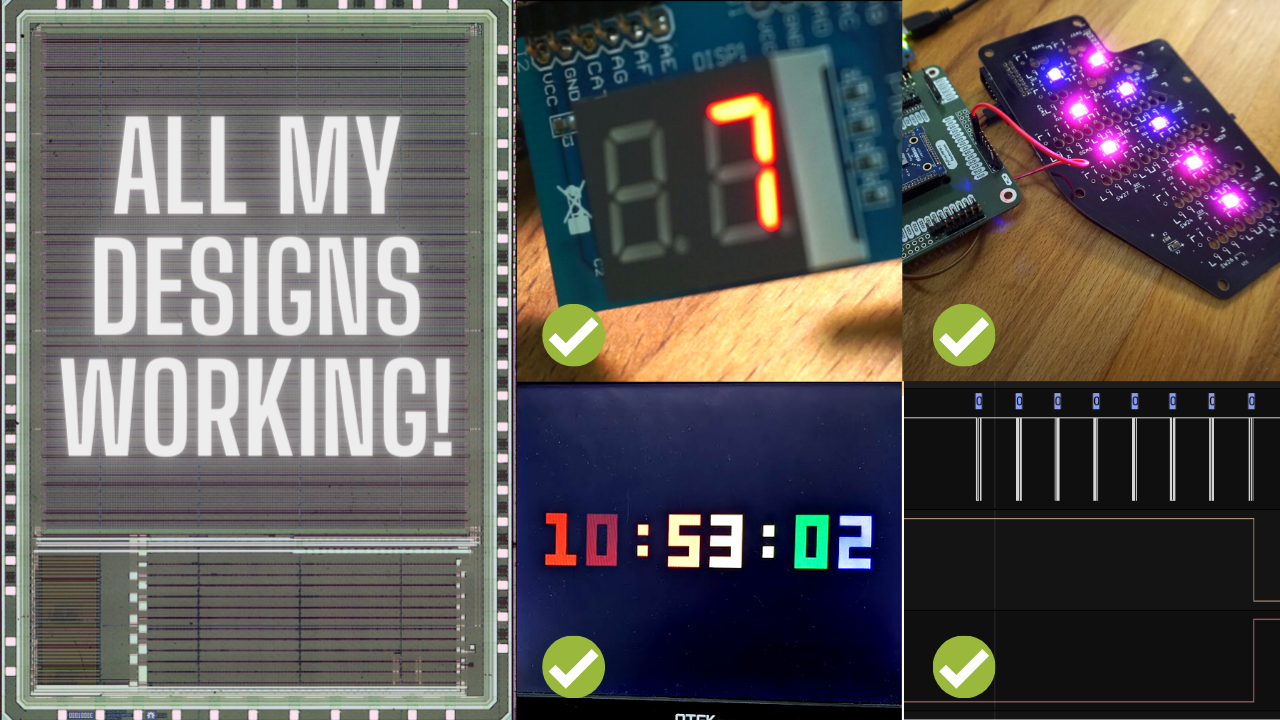
Yes! All the designs I submitted to MPW1 are working:
- ✅ 7 segment display
- ✅ TPM2137 CTF
- ✅ WS2812 led driver
- ✅ VGA clock
- ✅ Multiplexor
I put together a video to demonstrate them all:
The 4 other designs that were part of this submission were made by friends who I’ve now sent samples to. It’s looking likely that everyone’s designs will work.
MPW1 Bringup
I submitted my first ASIC designs to the free Google shuttle in December of 2020.
In October 2021, we heard there were serious clock related problems with the management area of the chip due to issues with the toolchain. It seemed unlikely that anyone would be able to get anything beyond a single blinking LED from MPW1. The hold violations in the management system meant that the PicoRV32 cpu couldn’t run and setup the GPIOs. So even if our designs work, we can’t get access to them.
MPW4 submitted!
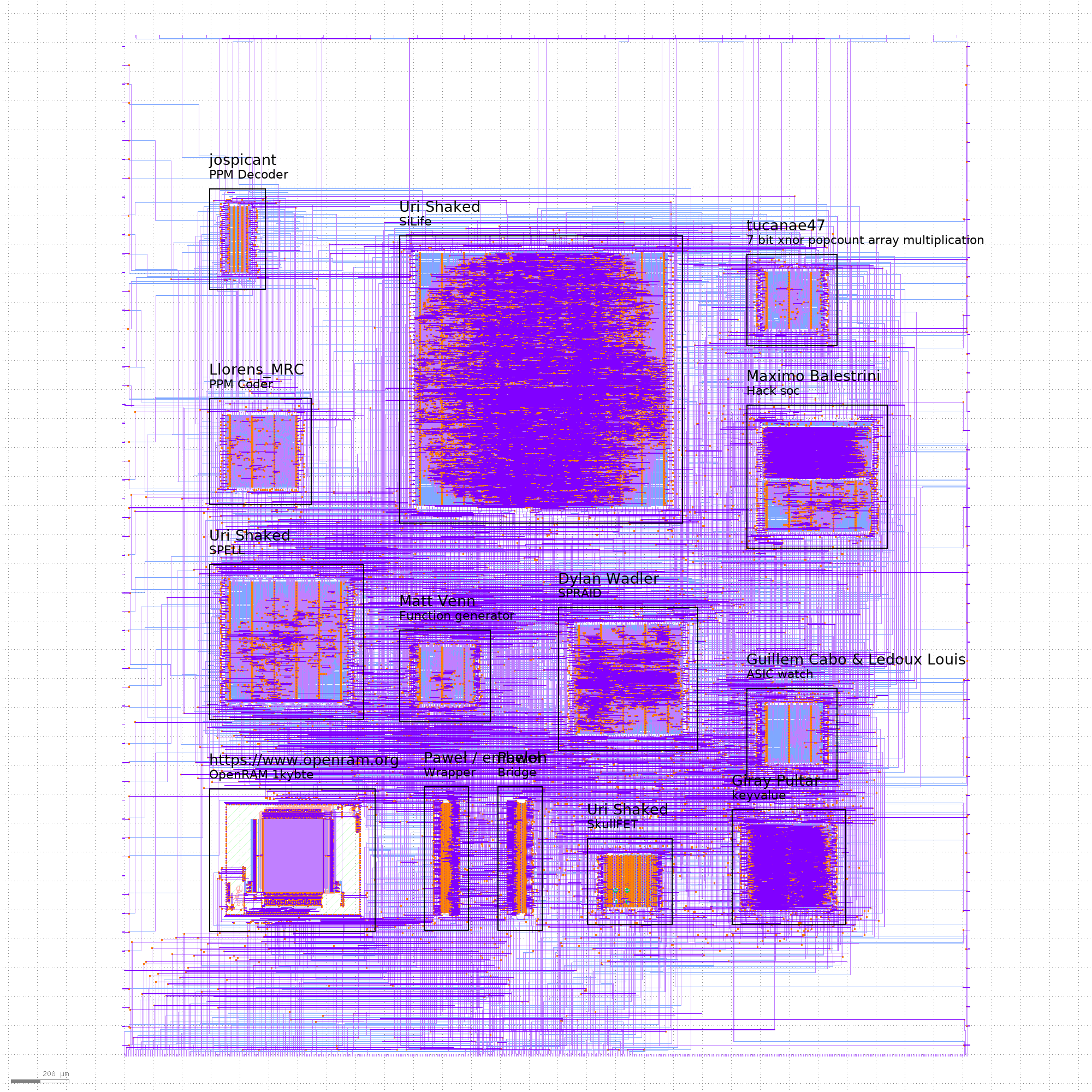
We submitted for MPW4! I was pretty pleased we managed to get so much in with such little time and for a tapeout date of New Year’s Eve.
We had 9 submissions from the course, with 1 demo project from me and a new version of Maximo’s hacksoc. Uri submitted 3 designs including some custom standard cells in the shape of skulls!
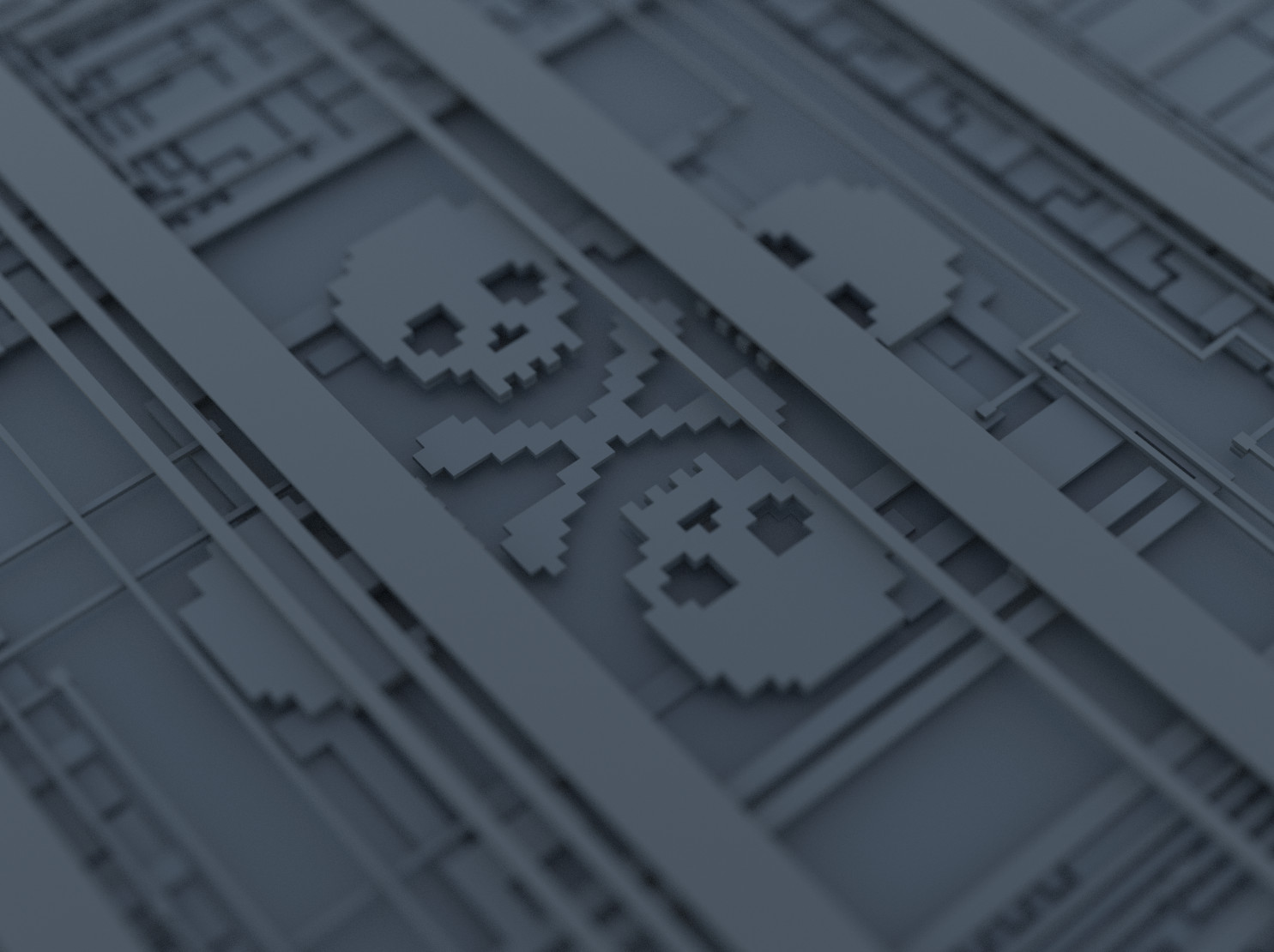
We also implemented the shared SRAM, which means that the group projects have access to a local fast memory (like a blockram on an FPGA).
MPW3 submitted!
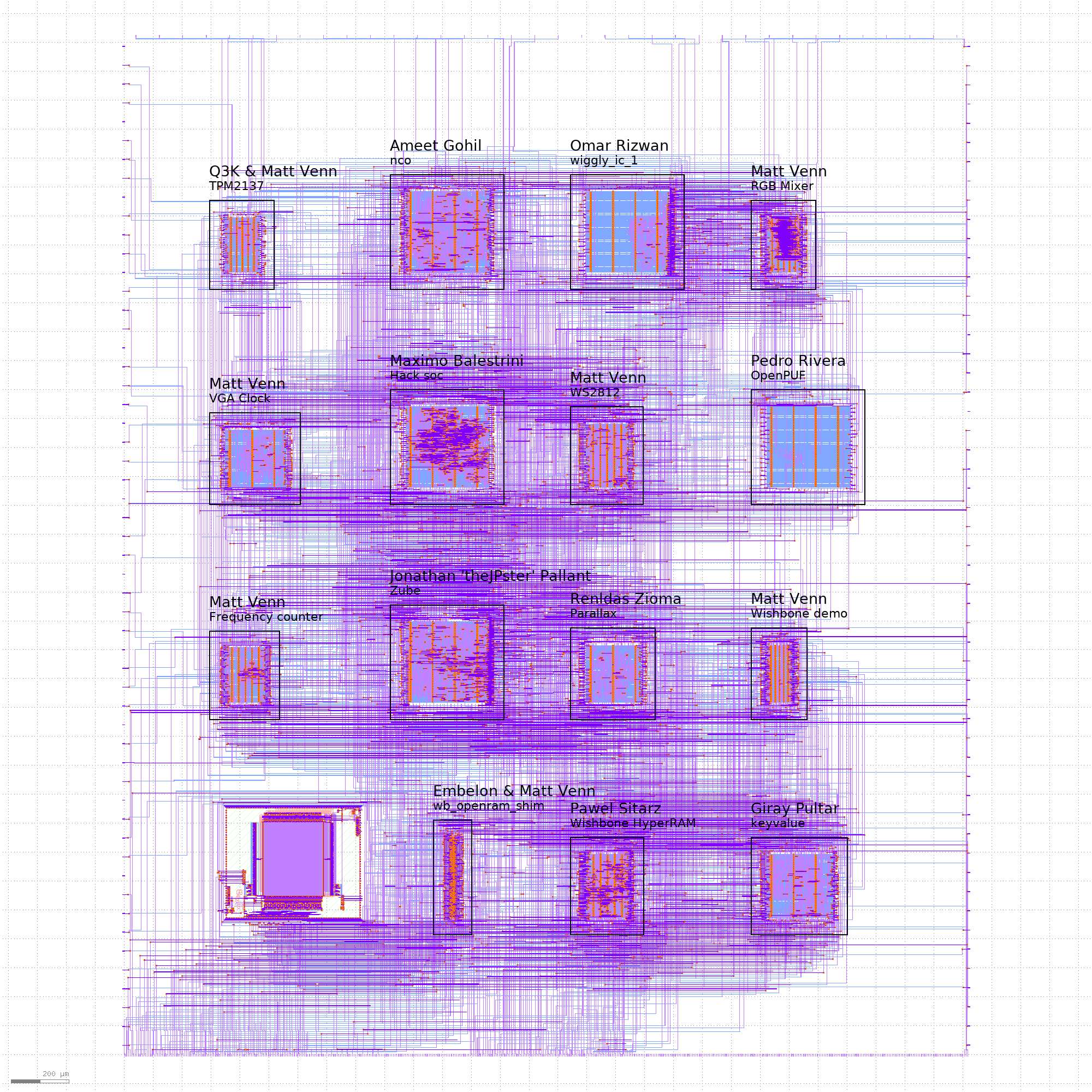
We submitted for MPW3! The tapeout date was delayed by a couple of weeks due to issues with the toolchain.
Update!
We received silicon in June 2023 (18 months later!) and I was able to get both my designs partially working.
MPW3
We had 7 new submissions from the course, 4 repeats from MPW1 and 2 with fixed clock trees, a new wishbone demo from me and the OpenRAM block.
About Matt Venn

Hi, I’m Matt Venn!
Matthew Venn is a science & technology communicator and electronic engineer. He brings 20 years of engineering experience to create excellent and innovative learning experiences for people all over the world.
I have helped people like you to create thousands of designs. I can teach you how to design chips and how to get them made!
Having studied analog theory in college but not having the opportunity to tape out left a void in my heart. This course really was the “missing semester” for taping out analog and mixed signal designs. I highly recommend it anyone who wants to bridge this skill gap!
Argunda (analog course)
Connect with me
- Linked.in
- BlueSky
- Join the mailing list
- I also do mentoring and coaching - see my codementor.io profile.
How I got involved with open source silicon
If you want to learn more about how I got into this exciting world, see these links:
Course Improvements
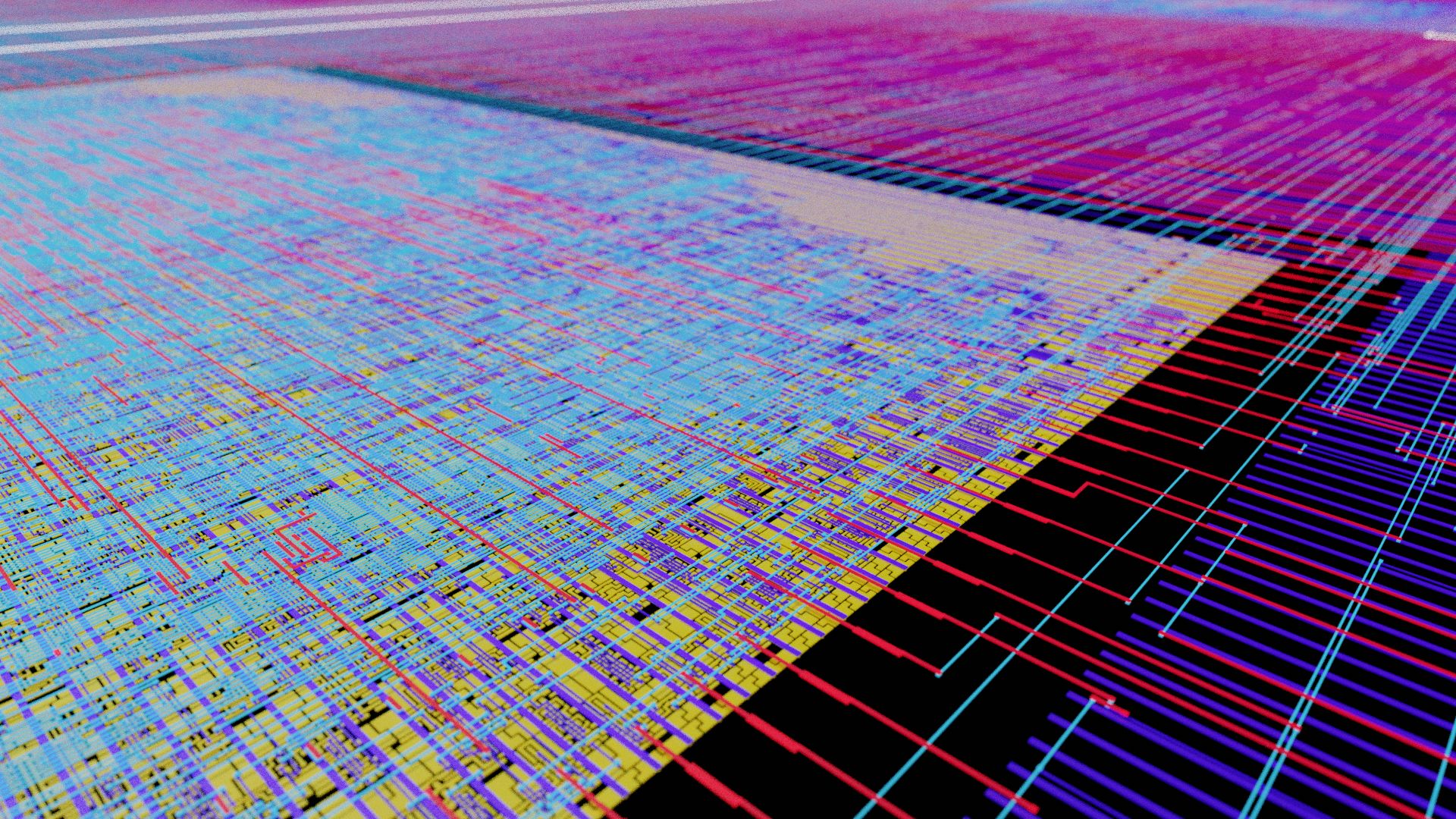
After 6 months, 90 participants and 14 designs submitted to MPW2, I’m making the Zero to ASIC course even better!
One of the things that’s great about the course is that you can proceed at your own pace. I originally set the course length at 6 weeks, but a lot of people want more time than this. To resolve this I have:
- removed the expiry date on the discord support,
- removed the expiry date on office hours.
To help grow the community and provide another venue for discussing the course, I have added a weekly group call for anyone on the course to join. It’s been going really well; we answer questions, discuss the course and chat about what’s going on in the world of open source ASICs.
MPW2 Submitted
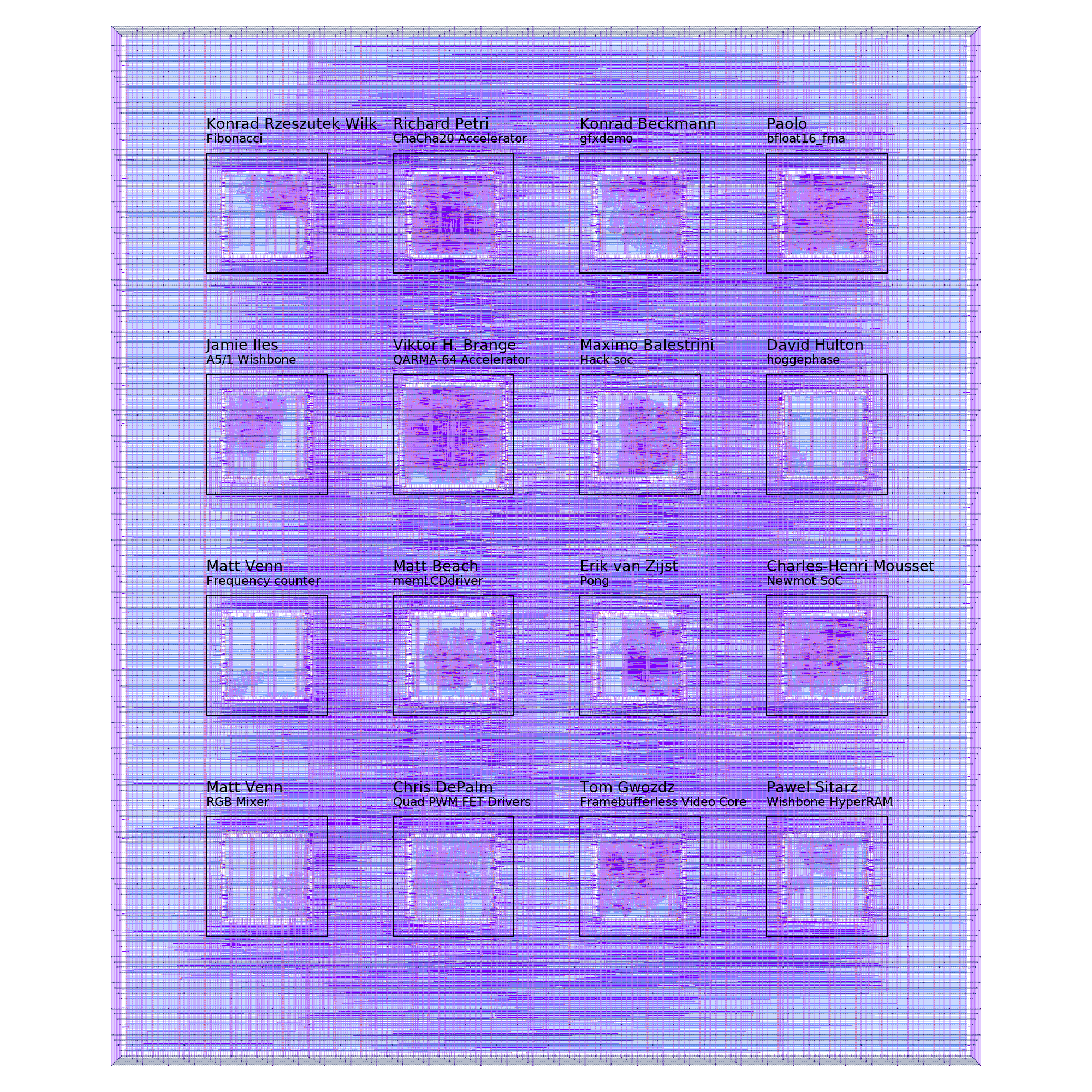
We did it! 14 people from the course got their designs into the group submission, and the project was accepted for fabrication. Silicon here we come!

You can get all the details on all the projects submitted to MPW2 here - you’ll need to select the MPW2 filter.
And see how I put the application together here, with the repo here.
Project listing
RGB Mixer
- Author: Matt Venn
- Github: https://github.com/mattvenn/wrapped_rgb_mixer/tree/caravel-mpw-two-c
- Description: reads 3 encoders and generates PWM signals to drive an RGB LED
Frequency counter
- Author: Matt Venn
- Github: https://github.com/mattvenn/wrapped_frequency_counter/tree/caravel-mpw-two-c
- Description: Counts pulses on input and displays frequency on 2 seven segment displays
A5/1 Wishbone
- Author: Jamie Iles
- Github: https://github.com/jamieiles/a5-1-wb-macro
- Description: A5/1 cryto block connected via wishbone to PicoRV32
Fibonacci
- Author: Konrad Rzeszutek Wilk
- Github: https://github.com/konradwilk/fibonacci
- Description: Fibonacci emitter connected to [37:8] and controlled via wishbone
Quad PWM FET Drivers
- Author: Chris DePalm
- Github: https://github.com/ChrisDePalm/wrapped_quad_pwm_fet_drivers.git
- Description: 4 PWM FET Drivers for Power Applications
memLCDdriver
- Author: Matt Beach
- Github: https://github.com/matt-beach/wrapped_memLCDdriver.git
- Description: SPI to 64-color memory LCD interface
QARMA-64 Accelerator
- Author: Viktor H. Brange
- Github: https://github.com/vbrange/verilog_qarma
- Description: Implementation of QARMA 64
ChaCha20 Accelerator
- Author: Richard Petri
- Github: https://github.com/rpls/wrapped_chacha_wb_accel
- Description: A minimal Wishbone connected ChaCha20 accelerator
Framebufferless Video Core
- Author: Tom Gwozdz
- Github: https://github.com/tomgwozdz/fbless-graphics-core
- Description: A framebufferless VGA video generator, under CPU control
Pong
- Author: Erik van Zijst
- Github: https://github.com/erikvanzijst/wrapped_pong.git
- Description: A hardware implementation of Pong
Hack soc
- Author: Maximo Balestrini
- Github: https://github.com/mbalestrini/wrapped_hack_soc
- Description: Hardware implementation of the Hack Computer from the Nand to Tetris courses
gfxdemo
- Author: Konrad Beckmann
- Github: https://github.com/kbeckmann/wrapped_gfxdemo
- Description: gfxdemo
Wishbone HyperRAM
- Author: Pawel Sitarz
- Github: https://github.com/embelon/wrapped_wb_hyperram
- Description: Simple HyperRAM driver accesible on Wishbone bus
Newmot SoC
- Author: Charles-Henri Mousset
- Github: https://github.com/chmousset/caravel_multi_newmot
- Description: Simple SoC dmonstrating a Stepper Motor step/dir generator, and litex wishbone / uart / pwm
hoggephase
- Author: David Hulton
- Github: https://github.com/h1kari/wrapped_hoggephase_project
- Description: Hogge Phase EMFI/BBI Glitch Detector
bfloat16_fma
- Author: Author
- Github: https://github.com/etalian/mensa
- Description: dual bfloat16 fused multiply-add
Multi project tools
This time around submission was a lot easier and nerve-wracking than MPW1.
My Zero to ASIC journey

Almost exactly a year ago in March 2020 I started getting interested in Open Source ASIC tooling. I don’t remember exactly what sparked my interest, but I remember this talk by Tim Edwards at WOSH: Bootstrapping a real working design flow and sometime after seeing Adam Zeloof posting a picture of an ASIC implementation of pong.
I began by investigating QFlow. The standard cells used by QFlow were from Oklahoma State University (OSU).
By May I was getting a few results out of QFlow and I was curious to discover how digital logic actually works on silicon. I experimented with Magic and managed to draw and simulate an inverter after taking one of Kunal Ghosh’s VLSI courses.
My first ASIC - MPW1 submitted
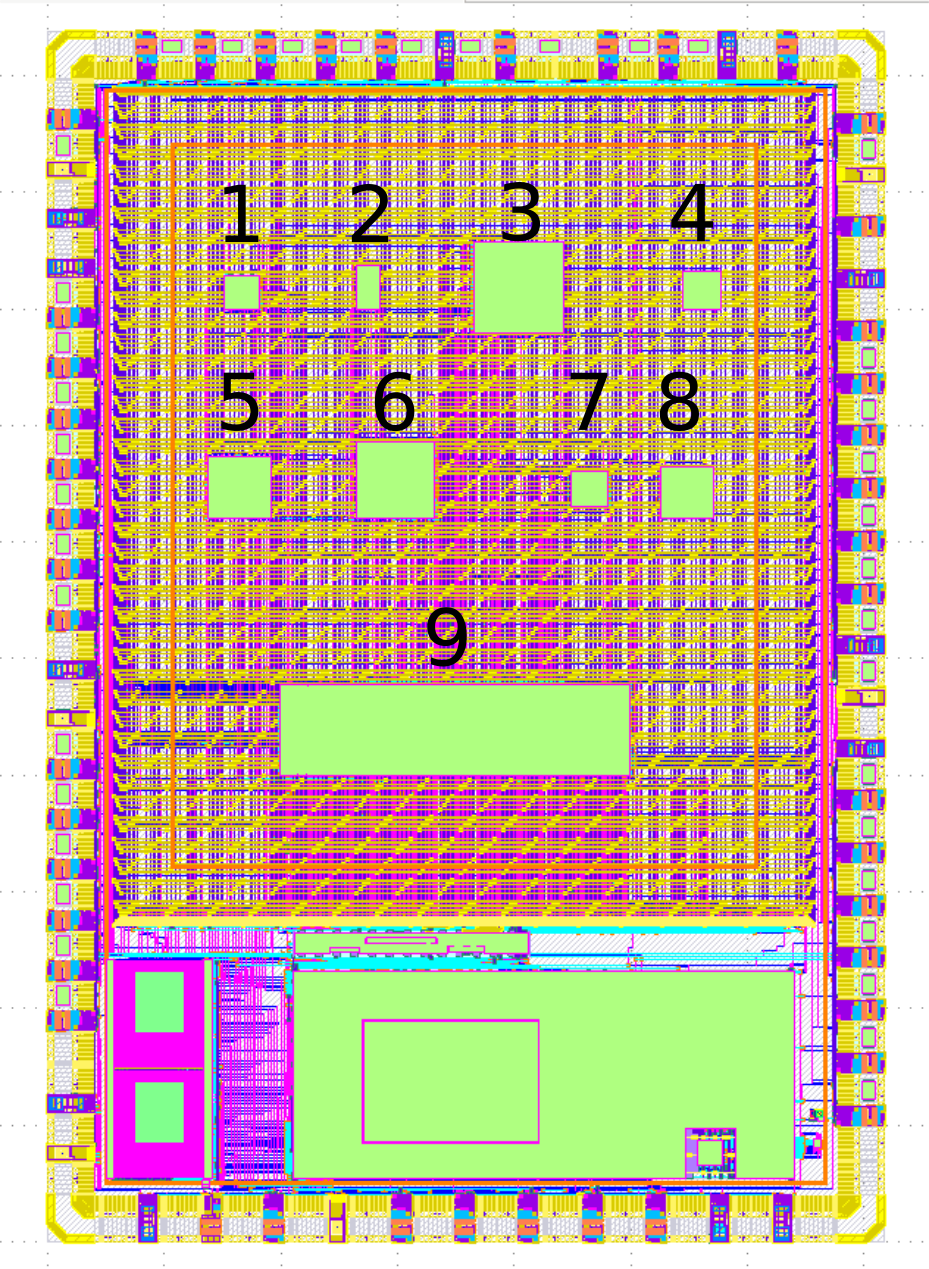
Wow! What a journey. I’m very happy to announce our submission is in and accepted. Now we have a long wait to see if it works! (it does! Jump to the end for an update).
Here’s a picture of the final design. The outer edge and the block at the bottom are all part of Caravel, the standard chip format that everyone on the shuttle has to use. It includes a RISCV processor, RAM, UART, a wishbone bus and more.
Newsletter
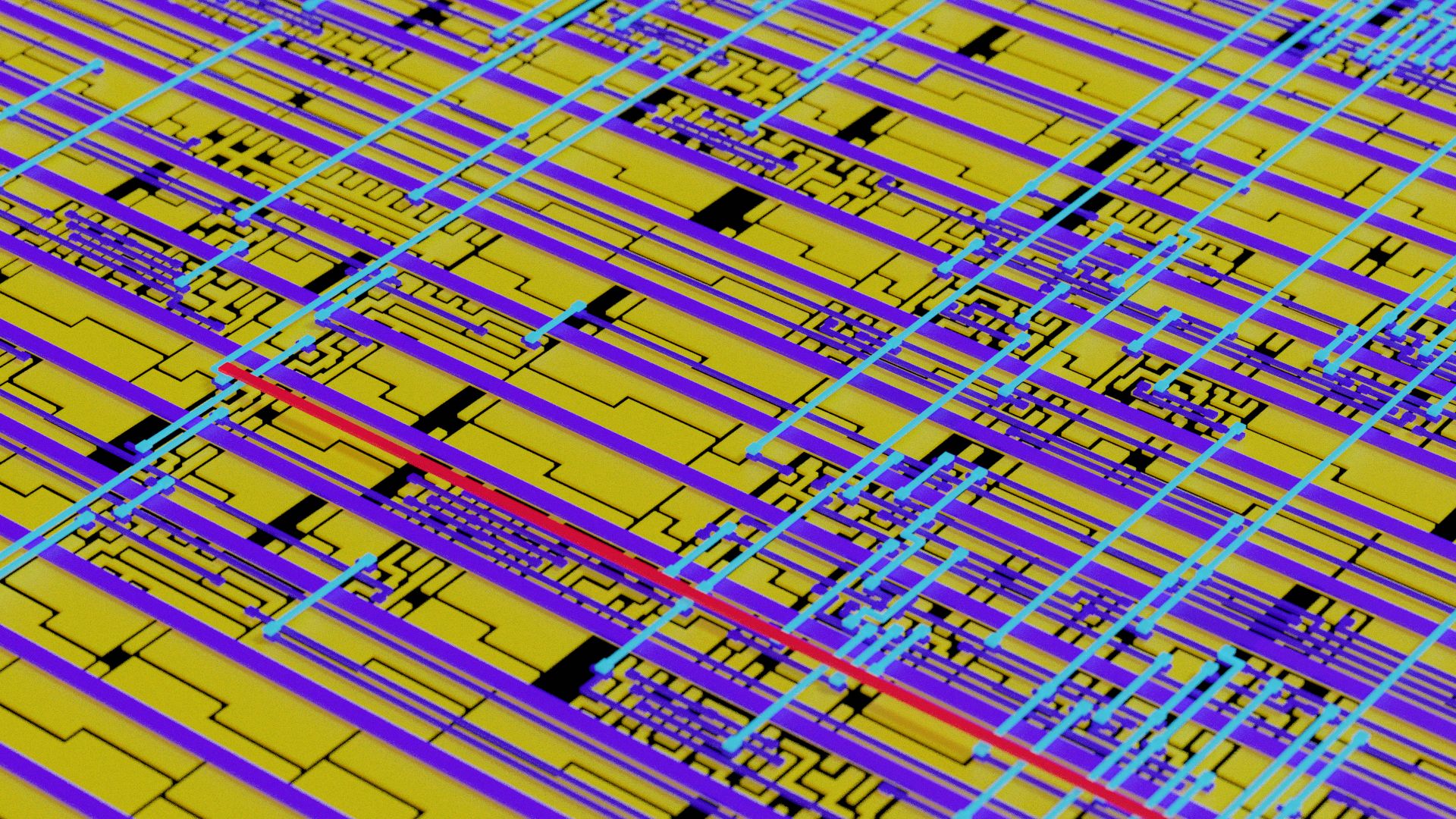
Sign up to the Zero to ASIC course newsletter!
- Special Offers for the course & news about important course updates
- Interviews, Videos & News from the world of open source silicon
- Related projects like TinyTapeout and SiliWiz
Getting connected to other people who were excited about this space and being in the same community and discord was really great.
Ben Newhouse (digital course)
Resources

Awesome opensource ASIC resources
Talks, Interviews & Podcast
- Zero to ASIC Hackaday #remoticon talk on youtube and slides
- Zero to ASIC emBO++ talk and slides
- Discussion with Robert Feranec
- Zero to ASIC course interviews
- Zero to ASIC course podcast
FOSSi Dialup
SkyWater/Google discussion & announcements
Tools
- LibreLane & Documentation
- LibreLane summary tool helps to explore the LibreLane output files.
- Magic
- KLayout
- Open Source FPGA toolchain
Courses
Books
- CMOS VLSI Design by Weste & Harris: Expensive but excellent.
- Introduction to VLSI systems by Carver Mead & Lynn Conway: Old but good.
FPGA
- FPGA boards: iCEBreaker, TinyFPGA, Black Ice
- Will Green’s Project F
- WTFPGA course
Zero to ASIC Analog Course

Analog ticket options
| Silicon | Boron | Arsenic | |
|---|---|---|---|
| Guaranteed ASIC manufacture ⓘ | ✅ 160x225 um, 2 analog pins | ✅ 334x225 um, 4 analog pins | ✅ |
| Access to 3.5 hours recorded video content & 11 labs | ✅ | ✅ | ✅ |
| Access to updates of the course material | ✅ | ✅ | ✅ |
| Recorded solution videos | ✅ | ✅ | ✅ |
| Access to discord community server | ✅ | ✅ | ✅ |
| Access to weekly community call | ✅ | ✅ | ✅ |
| Access to twice monthly call with analog expert Prof. Harald Pretl. | ✅ | ✅ | ✅ |
| Access to the material for the lifetime of the course ⓘ | ✅ | ✅ | ✅ |
| Personal onboarding and introduction | ✅ | ✅ | ✅ |
| Your ASIC mounted on a PCB breakout board | $150 + Postage | ✅ | ✅ |
| 1 to 1 office hours support with Matt | ❌ | 2 hours | 4 hours |
| 1 to 1 office hours support with Harald | ❌ | ❌ | 2 hours |
| Application to ChipIgnite - design can be closed source | ❌ | ❌ | ✅ |
| Team access ⓘ | ❌ | ❌ | ✅ |
- Check your email for onboarding information after your purchase.
- Receipt provided upon purchase for deducting as a business expense.
- Contact me if your business has any special requirements.
- Secure payment handling by Stripe.
- Not ready? Join the mailing list to receive updates and promotional discount codes.
What do people say about the course?
This is the most comprehensive IC design course on the internet. I loved working on my mixer module and Matt's team helped every time I got stuck. I will do further tapeouts for sure.
Kolos (analog course)
After submitting a digital project for Tiny Tapeout 2, I wanted to up the complexity level and do something analog. The analog course gave me the knowledge and tools to do so. It is perhaps the only place that can get you from 0 to a working analog design ready for tapeout in a matter of weeks.
Michael Bikovitsky (analog course)
I took this course twice, and that probably means something! No, not what you're thinking—it means that beyond learning how to design, test, and tape-out your analog circuit, you gain access to the expertise of the best in the analog design community!
ReJ aka Renaldas Zioma (analog course)
Course Overview
- Read the full course syllabus.
- We will concentrate on analog circuit layout and tapeout.
- Circuit design is not covered in the course - you can use one of our examples or bring your own schematic.
- A virtual machine is available or you can install the tools manually.
- The course is continually updated for the latest tooling and PDK.
Format
- 11 hands-on projects, supported with text guides and over 6 hours of videos.
- Support via:
- Recorded solutions videos.
- Discord community server.
- Twice Monthly analog specific call. Harald is currently joining once per month.
- 1 to 1 office hours with Matt: access to expert help on the Boron and Arsenic level tickets.
- Asynchronous - do in your own time.
- Guaranteed ASIC manufacture with TinyTapeout (specs).
- High resolution set of digital images of the decapped ASIC - see FAQ.
- Access to the course materials for the lifetime of the course.
- Course completion certificate.
Prerequisites
- Basic Linux command line experience, Git & Make is helpful.
- Some programming experience helpful.
- Apple Silicon Mac users will need to use the Docker instead of the Virtual Machine. The videos were made with the VM so there are some differences.
Zero to ASIC Digital Course

Digital ticket options
| Silicon | Boron | Arsenic | |
|---|---|---|---|
| Guaranteed ASIC manufacture ⓘ | ✅ | ✅ | ✅ |
| Access to 6 hours recorded video content & 9 projects | ✅ | ✅ | ✅ |
| Access to updates of the course material | ✅ | ✅ | ✅ |
| Recorded solution videos | ✅ | ✅ | ✅ |
| Access to discord community server | ✅ | ✅ | ✅ |
| Access to weekly call | ✅ | ✅ | ✅ |
| Access to the material for the lifetime of the course ⓘ | ✅ | ✅ | ✅ |
| Personal onboarding and introduction | ✅ | ✅ | ✅ |
| Your ASIC mounted on a PCB breakout board | $150 + Postage | ✅ | ✅ |
| 1 to 1 office hours support | ❌ | 2 hours | 4 hours |
| Application to ChipFoundry’s ChipIgnite - design can be closed source | ❌ | ❌ | ✅ |
| Custom PCB design consultancy | ❌ | ❌ | ✅ |
| Team access ⓘ | ❌ | ❌ | ✅ |
- Check your email for onboarding information after your purchase.
- Receipt provided upon purchase for deducting as a business expense.
- Contact me if your business has any special requirements.
- Secure payment handling by Stripe.
- Not ready? Join the mailing list to receive updates and promotional discount codes.
- Are the pricing options too expensive? Apply for a ticket grant ⓘ
What do people say about the course?
I was like holy cow I can make my own CPU? I mean come on this is kind of fantastic making your own CPU. I gotta jump on that train!
Konrad Wilk (digital course)